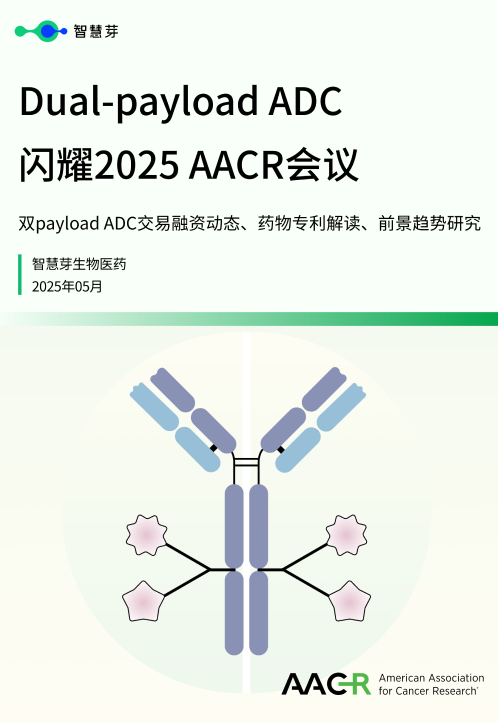预约演示
Santa Ana debuts with $168M to get to the cellular root of immunology
2024-06-13
免疫疗法并购抗体药物偶联物
Inspired by the precision medicine movement in oncology, Santa Ana Bio is applying the field’s cell biology approach to a new disease space – immunology. The biotech emerged from stealth on Thursday with $168 million in combined series A and B funding to progress three programmes – a monoclonal antibody (mAb), a bispecific and an antibody-drug conjugate (ADC) – into the clinic.
The company was founded by Versant Ventures and is helmed by Peter Emtage, who joined the VC firm in 2020 after leading the scientific efforts at several biologics- and cell therapy-focused companies. Most recently, he was global head of cell therapy research at Gilead Sciences' Kite Pharma unit, and previously served as chief scientific officer of Cell Design Labs until its acquisition by Gilead in late 2017.
Emtage told FirstWord he was driven to create a precision immunology company because while cancer companies have learned how to modulate biological pathways and target specific cell types, much of the inflammation and autoimmune space is still focused on blocking cytokines – which aren’t the root cause of disease.
“A cytokine is a language. It's telling other cells to behave badly. But the actual cell type that is driving that biology is what we need to address,” he explained. “When you think about blocking a TNF or another type of a cytokine, you're only blocking a very small part of [a disease]... The cell type is producing multiple inflammatory mediators. So instead of addressing one, why not take the entire function out? And so I think for the first time there's a promise here of resolution of disease if you do it properly.”
When Emtage presented this concept for a new company to Versant, managing director Jerel Davis says he was immediately intrigued. The firm had previously created precision oncology companies, as well as those in the precision renal disease space, and he understood the potential of like-minded drug development for immunology.
“We recognised immunology was having a moment and a lot of breakthroughs were happening in the field,” said Davis, who also serves as chair of Santa Ana’s board. “When Peter brought forward the idea of working in precision immunology and going after these bad actor cells directly, that really resonated with us.”
Fast funding
Santa Ana was launched in 2022, and Versant led its series A along with TPG Capital and Google Ventures. The latter then led the biotech’s $125-million series B, which, along with all existing backers, attracted new investors Access Biotechnology, Andreessen Horowitz (a16z) Bio + Health and RTW.
Raising two rounds so quickly back-to-back was in part driven by a desire to move forward each of Santa Ana’s three leading compounds in tandem, and not one at a time.
“They were all very compelling to investors,” Davis said. “We couldn’t just take one of these to the clinic. We needed to take two or three because we believe in them. So we decided to raise the capital.”
The funding will provide Santa Ana with runway into early 2027 and enable the delivery of two Phase I datasets. The company also already has ongoing discussions with several pharmas regarding potential partnerships.
Additionally, the biotech is creating a multi-omic platform to further build out its pipeline by investigating immunologic disease progression to pinpoint new potential targets. A collaboration with Stanford University provides Santa Anna with fresh-frozen patient-derived tissues at different stages of disease, with some having received approved treatments.
Pipeline trio
According to Emtage, c-Kit is “one of the fundamental initiators of disease across dermatology, allergy, asthma, itch, pain, you name it.” And by using the bispecific modality, the company ensures that only the “bad actor” mast cells are killed. A Phase I trial in chronic inducible urticaria is expected to start next year.
This way, “antigen-recognition capabilities” are eliminated, he said. “And so for the first time, you've got an approach that could eliminate that T-cell population, reducing inflammation and potentially leading to disease resolution.”
Phase I testing in a variety of severe inflammatory conditions is planned to kick off next year.
Santa Ana’s final disclosed programme is SAB05, an ADC that delivers glucocorticoid, a standard steroid for treating inflammatory diseases that can’t be given long-term due to its toxicity.
But by targeting “a very central node of the immune system that drives multiple pathways of inflammation,” the company aims to deliver glucocorticoid in a targeted fashion with “no collateral damage,” Emtage said.
更多内容,请访问原始网站
文中所述内容并不反映新药情报库及其所属公司任何意见及观点,如有版权侵扰或错误之处,请及时联系我们,我们会在24小时内配合处理。
Eureka LS:
全新生物医药AI Agent 覆盖科研全链路,让突破性发现快人一步
立即开始免费试用!
智慧芽新药情报库是智慧芽专为生命科学人士构建的基于AI的创新药情报平台,助您全方位提升您的研发与决策效率。
立即开始数据试用!
智慧芽新药库数据也通过智慧芽数据服务平台,以API或者数据包形式对外开放,助您更加充分利用智慧芽新药情报信息。





